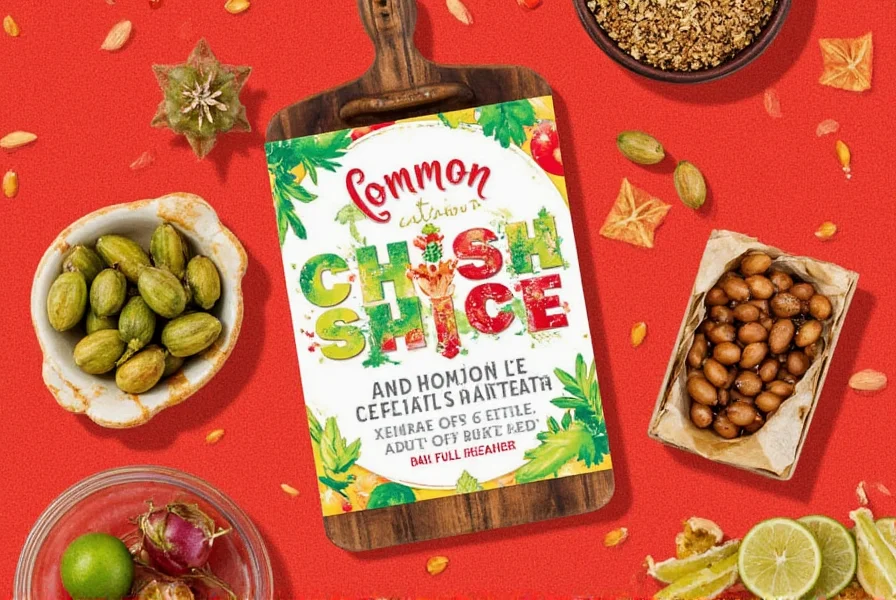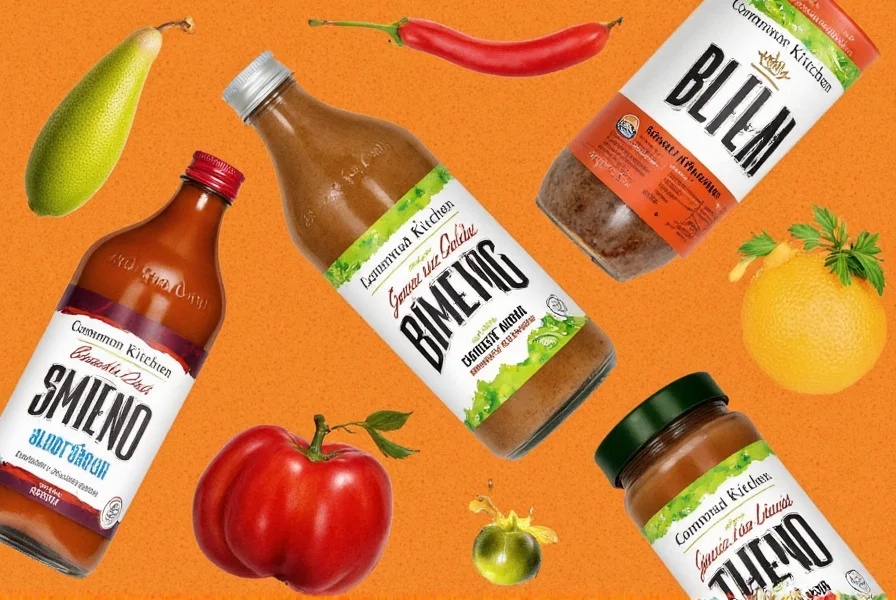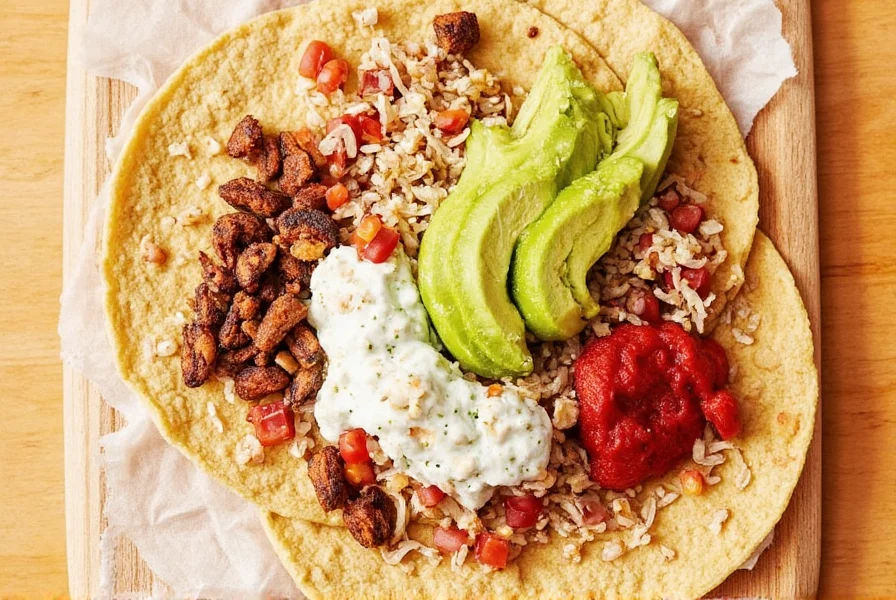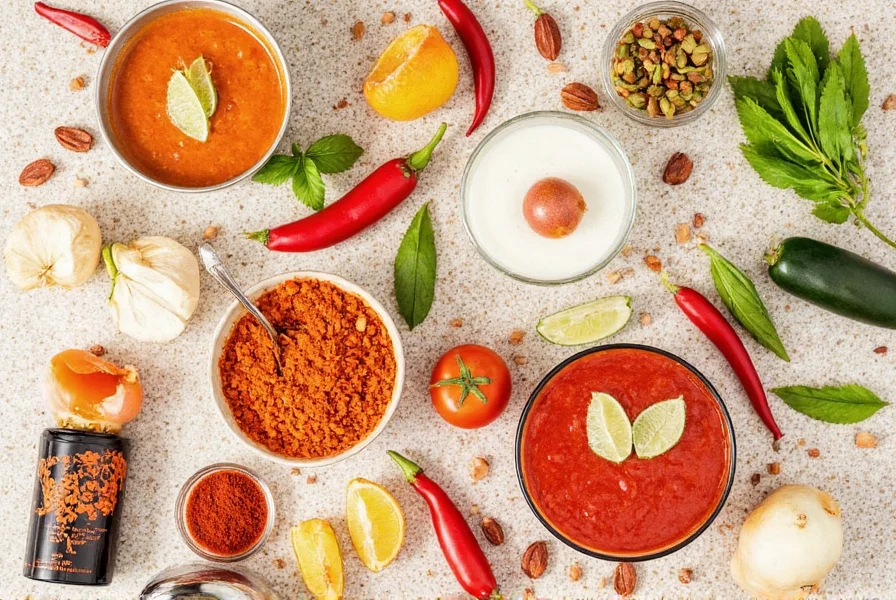Spice It Up: 10 Must-Have Ingredients in Every Mexican Food Common Kitchen
If you've ever taken a bite of authentic Mexican street tacos and felt like your taste buds were dancing — congratulations, you've just experienced the magic of Mexican food common ingredients. From smoky chiles to zesty limes, these spices and seasonings are the backbone of one of the world's most vibrant cuisines.
In this article, we'll take a flavorful journey through the essential ingredients that define the Mexican kitchen. Whether you're a culinary pro or a curious home cook, this list will guide you toward creating mouthwatering dishes straight from Mexico’s heartland.
Table of Contents
- Why Mexican Food Is More Than Just Tacos
- Top 10 Mexican Food Common Ingredients
- Spice Comparison Table
- Buying Guide for Authentic Mexican Spices
- Pro Tips for Using Mexican Seasonings
- Conclusion
Why Mexican Food Is More Than Just Tacos

Mexican cuisine is not just about Tex-Mex adaptations or fast-food burritos. Real Mexican food common practices stem from centuries of indigenous traditions, colonial influences, and regional diversity. Each region in Mexico brings its own unique twist to the table, often defined by the local climate, available ingredients, and historical trade routes.
The soul of Mexican cooking lies in its use of fresh, bold flavors — especially when it comes to spices. While chili peppers are the stars, they share the spotlight with aromatic herbs, earthy seeds, and citrusy accents. Together, they create the complex flavor profiles that make Mexican food so universally loved.
Top 10 Mexican Food Common Ingredients You Should Know
To bring authentic Mexican flavor into your kitchen, here are the top 10 must-have ingredients:
- Guajillo Chiles: Sweet and smoky with moderate heat.
- Ancho Chiles: Fruity and mild; perfect for sauces.
- Chipotle Powder: Smoked jalapeños for a rich, spicy kick.
- Cumin: Earthy warmth that binds many traditional recipes.
- Epazote: A pungent herb used in soups and beans.
- Pasilla Chiles: Deep, raisin-like flavor profile.
- Oregano (Mexican Variety): Stronger and more citrus-forward than Mediterranean oregano.
- Lime: Adds brightness and balance to rich dishes.
- Cilantro: The go-to herb for garnishing salsas and tacos.
- Avocado Leaves: Used in Oaxacan cuisine for wrapping tamales and imparting subtle anise notes.

Chili Breakdown: Heat Levels and Flavor Profiles
Understanding the different types of chiles is crucial when working with Mexican food common spices. Here's a quick breakdown of popular Mexican chiles and how they differ in flavor and spice level:
| Chile | Heat Level (SHU) | Flavor Profile | Common Uses |
|---|---|---|---|
| Ancho | 1,000 – 2,000 | Fruity, sweet, slightly smoky | Mojo de ajo, enchilada sauce |
| Guajillo | 2,500 – 5,000 | Berry-like, tea-like, tangy | Salsas, marinades, soups |
| Pasilla | 2,500 – 3,000 | Earthy, prune-like, mildly bitter | Mole sauces, stews |
| Chipotle | 5,000 – 10,000 | Smoky, deep, spicy | Tamales, meats, adobo sauces |
| Jalapeño | 2,500 – 8,000 | Grassy, bright, crisp | Fresh salsas, pickled dishes |
| Hatch Green Chile | Varies by roast | Green bell pepper, garlic, roasted | New Mexican dishes, posole |
Spice Comparison Table

To help you decide which spice works best for each dish, here's a handy comparison chart of Mexican food common seasonings:
| Spice/Herb | Flavor Notes | Best For | Storage Tips |
|---|---|---|---|
| Cumin | Earth, nutty, warm | Bean dishes, taco seasoning, chorizo | Store in airtight container away from light |
| Mexican Oregano | Citrusy, floral, robust | Mole, soups, grilled meats | Use within 6 months for maximum potency |
| Epazote | Strong, medicinal, minty | Black bean soup, tamales, quesadillas | Fresh leaves preferred, but dried also work |
| Garlic Powder | Pungent, savory | Adobo blends, rubs, salsas | Store in cool, dark place |
| Dried Bay Leaves | Woodsy, herbal | Stews, moles, braised meats | Keep dry and out of sunlight |
Buying Guide for Authentic Mexican Spices

When building your Mexican food common pantry, quality matters. Here's a curated buying guide to help you choose the best products based on authenticity, flavor, and usability.
- MexiGrocer Dried Guajillo Chiles
- Features: Vibrant red color, thin skin, smoky-sweet aroma
- Advantages: Versatile for both grinding and rehydrating
- Use Case: Salsa roja, mole, marinades
- Target Audience: Home cooks, gourmet chefs
- Occasion: Everyday cooking or special events
- La Costeña Chipotle in Adobo
- Features: Whole smoked jalapeños in rich tomato sauce
- Advantages: Adds instant smokiness and depth
- Use Case: Soups, tacos, mayos, dressings
- Target Audience: Bold-flavor lovers, grilling enthusiasts
- Occasion: Weekend barbecues or weeknight meals
- Ranchito Mexican Oregano
- Features: Dried, fragrant leaves with citrusy notes
- Advantages: Far more potent than Mediterranean varieties
- Use Case: Mole sauces, soups, and rice
- Target Audience: Culinary professionals, spice collectors
- Occasion: Traditional Mexican holiday dishes
- La Mulata Cumin Seeds
- Features: Freshly ground cumin with warm aroma
- Advantages: Toastable for extra depth
- Use Case: Refried beans, taco fillings, stews
- Target Audience: Beginners and intermediate cooks
- Occasion: Quick weekday dinners or batch cooking
Pro Tips for Using Mexican Seasonings Like a Local

Want to elevate your cooking game and nail that Mexican food common vibe at home? Here are some pro tips:
- Toast Your Spices: Lightly toast whole spices like cumin or coriander in a dry pan to unlock their oils and enhance flavor.
- Rehydrate Dried Chiles: Soak dried chiles in hot water before using them in sauces or pastes for better texture and flavor extraction.
- Make Your Own Spice Blends: Mix equal parts ground cumin, onion powder, garlic powder, and chili powder for a homemade taco seasoning blend.
- Add Citrus Last: Always add lime juice or zest at the end of cooking to preserve its brightness.
- Layer Flavors Gradually: Don't overdo any single spice. Layering small amounts throughout the cooking process builds complexity.
Conclusion

Whether you're making a humble bowl of beans or a decadent plate of mole poblano, mastering the key ingredients in Mexican food common cooking opens up a world of flavor. With the right spices in your pantry and a few clever techniques, you can recreate the richness and authenticity of real Mexican cuisine right at home.
So grab your comal, sharpen those knives, and let the spices fly. ¡Buen provecho!











 浙公网安备
33010002000092号
浙公网安备
33010002000092号 浙B2-20120091-4
浙B2-20120091-4